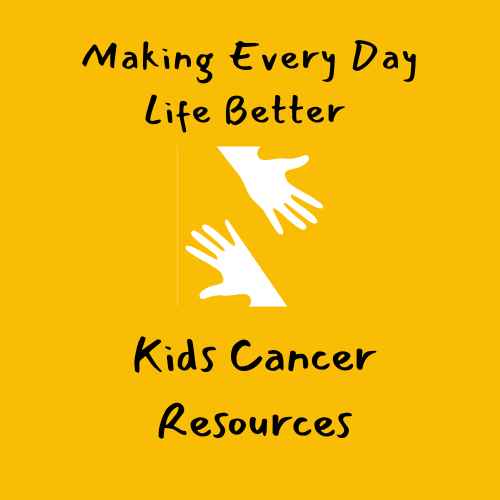Expert Advice: What Are Clinical Trials?
What is important to know about clinical trials
Article by: Katie Sutton, M.D. – Pediatric Oncologist
Research studies and clinical trials are how doctors learn about cancers and how to treat them. Some studies simply collect information without guiding treatment. For example, for many cancers there are “biology studies” or registries. These studies allow us to learn about cancer. Some things we might learn from this type of study include:
- How often a type of cancer occurs
- What type of patients are most commonly affected (infants vs teenagers, boys vs girls, patients of a specific race or ethnicity?)
- Information about the cancer such as what the cells look like under the microscope, common genetic changes, and common laboratory findings
- How often the tumor spreads to other sites
If your child participates in this type of study, information about them and their cancer will be collected. For some studies, a blood or urine sample or a small leftover piece of tumor tissue may be saved or used in the laboratory. You and your child’s healthcare team may or may not receive any information back from the researchers in this type of study. This will be explained before you decide to participate.
What are the different stages of clinical trials?
Clinical trials help us understand how to treat cancers. They are research studies that test new medicines or combinations of medicines. There are different types of treatment studies called Phase 1, Phase 2, and Phase 3. Each type of study has a different purpose. Often before a medicine is tested in kids it goes through these steps in adults first.
Phase 1
- These are the very earliest studies for a new drug. They involve a small number of patients. The goal is to test the drug’s safety and to find the best dose of the medicine (usually the highest dose with acceptable side effects). The investigators will be watching for signs that the medicine is working (“efficacy”), but this type of study is not designed to test how well the treatment works. If the medicine is tolerable and safe it can move to Phase 2.
Phase 2
- These studies usually include more patients, although they are still small. They use the dose of the medicine from the Phase 1 study and begin to evaluate if the medicine works. The researchers will continue to monitor the safety of the treatment and what side effects patients have. If the treatment is promising, it will move on to Phase 3.
Phase 3
- These studies include the largest number of patients and are trying to prove the new medicine works to treat the cancer. A Phase 3 study often compares the new medicine to the best known therapy (“standard of care”). If the new medicine is found to be better, it will become the new standard of care moving forward. Researchers continue to monitor for safety and side effects.
All phases of trials may also be trying to answer additional questions. For example, studies may evaluate a patient’s quality of life or may test whether certain blood tests are helpful during treatment. These will always be explained to you
For tips on how to talk with your child’s doctor about this and other issues, you can check out this blog for tips!


